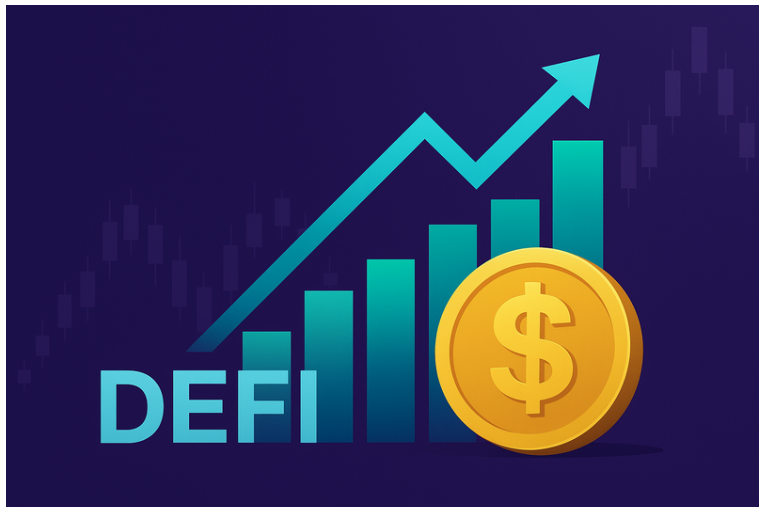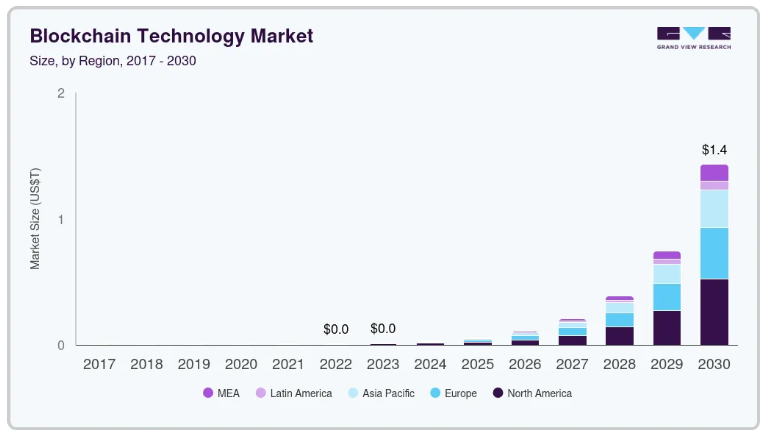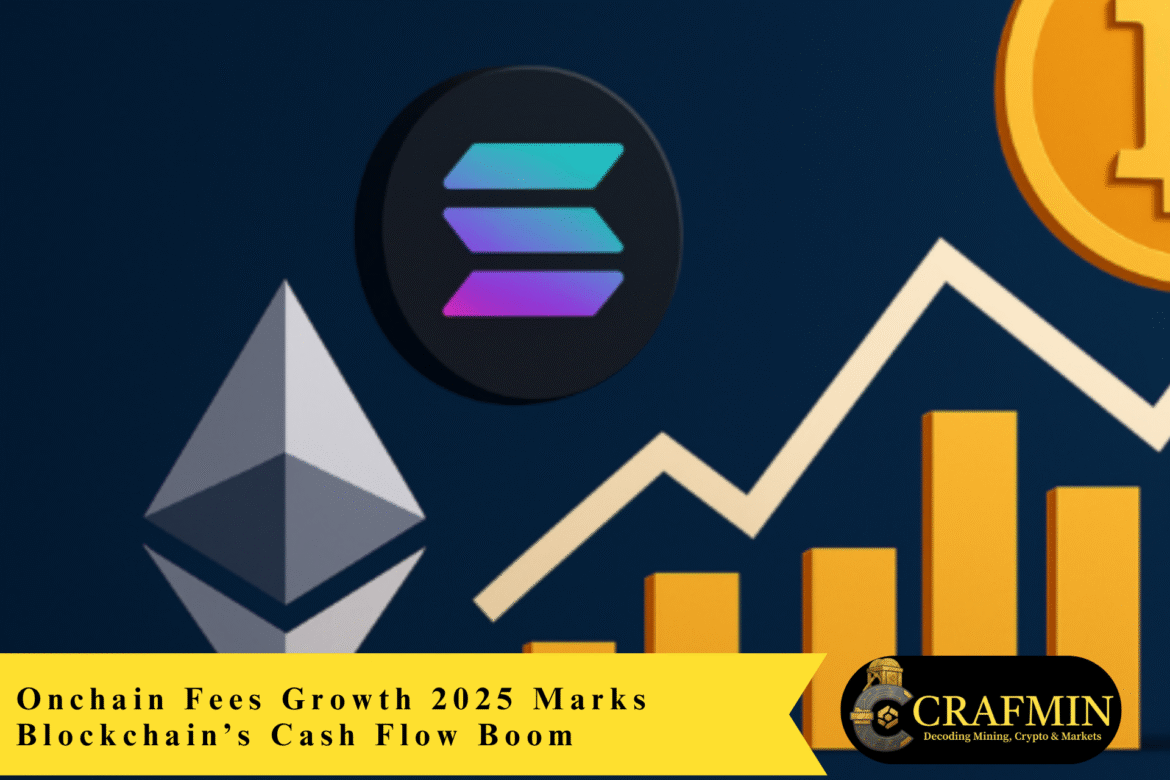In 2025, blockchain networks are going through a drastic change, as the on-chain fees growth in 2025 is still going strong. According to a recent report by 1kx Capital, blockchain on-chain revenue in 2025 will amount to US$19.8 billion (AU$30.2 billion) by the end of the year, a huge increase since it was US$4 billion (AU$6.1 billion) in 2020. The main reason behind this increase is the transition of the crypto market from being led by speculation to becoming a utility-driven and eventually revenue-generating blockchain ecosystem.

On-chain fees growth in 2025 drives blockchain revenue toward utility-focused expansion.
What Is Powering the Onchain Fees Growth in 2025?
The very first six months of 2025 had international blockchain transaction fees 2025 amounting to US$9.7 billion (AU$14.8 billion), with the usage of the technology in payment systems, gaming, DeFi, and subscriptions, etc.
The 1kx report claims that the use of Decentralised Finance (DeFi) and the fees it accumulates are still the largest contributors to this transaction space, as they are responsible for 63% of the total fees. Besides, other areas like wallets, consumer apps, and decentralised physical infrastructure networks (DePIN) are rapidly growing as well.
Revenue from wallet-related transactions grew by 260%, consumer apps by 200%, and DePIN networks by 400%. Thus, the broadening base indicates that blockchain on-chain revenue in 2025 is no longer limited to finance but is also extending into real-world applications.
Which Protocols Are Leading Blockchain Onchain Revenue 2025?
Ethereum is still the top protocol when it comes to blockchain on-chain revenue in 2025, but there are already some newcomers very close to the top. Lower fees and quicker transaction processing times are the factors attracting market share to Layer-2 solutions and other chains besides Ethereum.
Although Ethereum’s fees have decreased by 86% since 2021, the number of profitable protocols has increased eight times. The leading 20 protocols combined account for 70% of all on-chain fee,s and their valuations, however, have not increased in proportion. Analysts are of the opinion that this is indicative of a maturing market that is concentrating on revenue sustainability instead of speculation.

Ethereum leads blockchain on-chain revenue in 2025, but Layer-2 rivals rise.
Real-World Asset Tokenisation Fuels Blockchain Transaction Fees 2025
The growth of real-world asset (RWA) tokenisation in 2025 is the strongest driver behind blockchain transaction fees in 2025. By late 2025, the total value of tokenised RWAs (excluding stablecoins) was over US$35 billion (AU$53.4 billion).
The involvement of institutions such as BlackRock, BNY Mellon, and JPMorgan is strengthening the credibility of this tendency. The investors are now allowed to enter the traditional markets through the blockchain by interrupting the real-world asset tokenisation process and, at the same time, creating a constant stream of income through transactions and issuance of tokens.
Why Blockchain Onchain Revenue 2025 Matters To Investors
On-chain fee hikes can no longer be regarded as mere statistical milestones—they are a sign of a mature market. Analysts from 1kx believe that fees are the only reliable indicator of the utility that users are driving in a blockchain system. When the market is speculative, it is hard to tell the businesses with strong fundamentals long term just by their revenues.
This is a major shift for investors, who now must spot the protocols that continuously make blockchain on-chain revenue in 2025 rather than those that get inflated by token hype. The evidence points to a market shift towards the creation of real value, which is supported by increased user adoption and transaction volumes.

On-chain fees growth in 2025 signals blockchain maturity and real utility.
What Does the Onchain Fees Growth 2025 Indicate For 2026?
In the future, it is predicted that on-chain revenue from blockchain will grow up to US$32 billion (AU$48.8 billion) in 2026. The main cause of the aforementioned is the apex of regulatory clarity, institutional interest, and the wider acceptance of tokenised assets.
DeFi, Gaming, and Real-world Prospects are the high-scale transaction activities that would possibly cause the blockchain industry to experience its most stable growth period. For the investors and developers, the on-chain fees growth in 2025 is an imminent sign of which way the economic future of blockchain is heading.
FAQs
Q1: What are on-chain fees?
On-chain fees are the charges users incur over blockchain transactions, which include swapping, transferring, gaming, and subscription transactions.
Q2: Why is the majority of on-chain fees earned through DeFi?
DeFi platforms are the ones that contribute the most to fees due to liquidity, lending, and yield operations, which generate consistent and constant transaction activity.
Q3: What is the impact of real-world asset tokenisation on blockchain transaction fees in 2025?
The transaction volume for the blockchain network increases as bonds and real estate are tokenised and thus increasing the blockchain transaction fees in 2025 and the use of the blockchain.
Q4: What is the expectation of investors after 2025?
A very strong and stable growth is what the blockchain on-chain revenue 2026 will then need with the increased use by institutions and better regulations.

